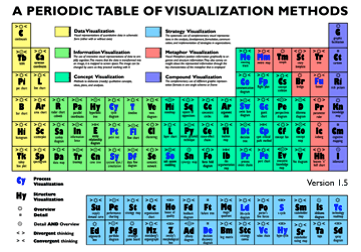Teaching American History Grant – The Student as Historian
The best part of the workshop is that we had time to practice and digest the information were were using.
A good "kick in the pants" on some big picture ideas.
Made me revisit my own strategies…. Questioning strategies were repeatedly reinforced.
My head is spinning and I am giddy from all the resources and insights.
I need to reevaluate the way I teach. You gave me a lot to think about.
Got me excited about what I'm going to do next in my classroom.
Look into the Face of Student Engagement
Fostering Creativity

idea festival
Creating is Bloom’s highest level of thinking. Creating is not limited to “the creative.” We all create when we make new combinations of existing elements. Someone put wheels on the bottom of a scaled-down surfboard and created the skateboard. And so it goes…
While teachers and students are constrained by mind-numbing test prep, the rest of society is working overtime to foster creative connections. In September the annual “IdeaFestival” was held in Louisville, KY. It brings together creative thinkers from different disciplines to connect ideas in science, the arts, design, business, film, technology and education. The festival motto – “If it can possibly go together, it comes together here.” Why not apply that perspective in our schools?
Here are some suggestions from the festival on how to come up with new ideas. Many can be easily adapted to help our students discover their creative potential in the classroom.
2. Listen to classical music, go to a concert or a play or sit quietly in a park to daydream.
3. Read periodicals you would not typically read — a scientific magazine, for example, if you are more interested in business. Same with books outside your typical genre.
4. Attend a conference outside your field.
5. Surround yourself with creative thinkers.
6. Immerse yourself in a problem; ask questions, investigate possible outcomes.
7. Keep an idea journal.
8. Take a course to learn a new language or some other skill outside your expertise.
9. Be curious and experiment.
10. Articulate your idea, seek feedback, put structure on it, harvest it.
Your Students Will Never Be Late for Class Again
Like all teachers, I struggled for years with tardy students – “But Mr. Pappas, I had to stop at my locker!” Then I took a lesson from fellow teacher – Tom O’Brien, the art teacher in the classroom next door. Tom had it figured out, and here’s what he taught me.
Stand at the door between classes and greet each individual student by name with a handshake as they walk in the room. It guarantees that every day you’ll have a positive connection with every one of your students. Student having a bad day? Find our before they act out in class. When the bell rings, the door closes and you promptly begin class. Students quickly realize if they are late, they don’t get a personal greeting. Try it – it works!
image credit flickr/Earls37a





